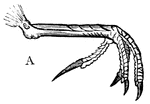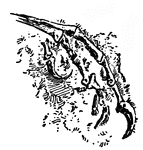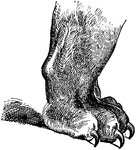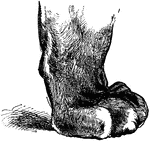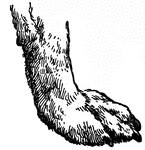Clipart tagged: ‘claws’

Foot of Honey-Buzzard
"In birds of prey the claws are powerful and hooked; in others the foot is flat, claws straight, and…

Foot of Cassowary
"In birds of prey the claws are powerful and hooked; in others the foot is flat, claws straight, and…
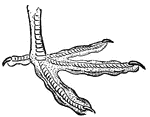
Foot of Coot
"The great toe is generally the strongest, but this is not an absolute law; a projection which is found…
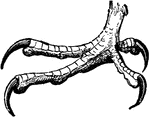
Foot of White-Headed Eagle
"In birds of prey the claws are powerful and hooked; in others the foot is flat, claws straight, and…
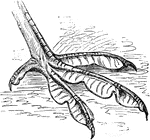
Coot Foot
"Fig. 53 shows the lobate foot of a coot. In the lobate foot, a paddle results not from connecting webs,…

Grackle Foot
"Quiscalus. Grackle. The feet are large and strong, and the birds spend much of their time on the ground,…

Gambe
"GAMBE. An obsolete French word, signifying a leg, and is still used in Heraldry, for the leg of a lion…
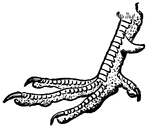
Foot of Pheasant
"The great toe is generally the strongest, but this is not an absolute law; a projection which is found…

The Scorpio Constellation, with Libra
"The constellation which is prominent in early summer in the skies of the southern United States (where…

Black Rock Scorpion
The Black Rock Scorpion (Scorpio (Buthus) Afer), "seen from above. At, the chelicerae, or chelate antennae;…
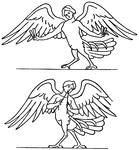
Sirens on a Greek Funeral Marble
"In Greek mythology, one of two, or three, or an indeterminate number of sea-nymphs who by their singing…

